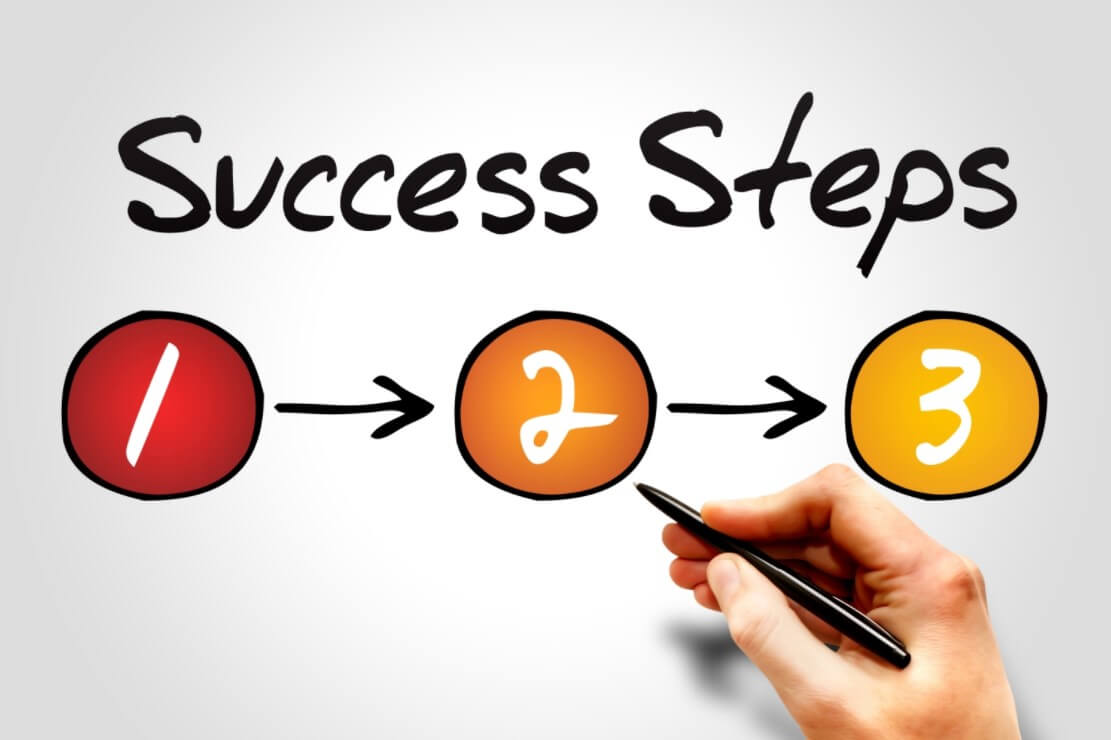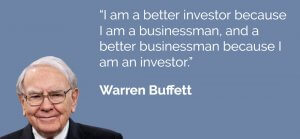If you’re considering forex trading as a potential way to add to your income, you aren’t alone. More and more people have been opening up trading accounts lately and for good reason. A trading account is a great way to add to your savings, help you through retirement, or simply add money to your pocket. As the nation is currently more than 5 months into the Coronavirus pandemic, there’s no better time than now to think about trading as a potential part-time or full-time career.
While trading can be profitable, there are some things you’ll need to know before you get started. There’s a lot of information out there, so getting started can seem daunting and the process might even dissuade some potential traders from ever starting their career. If you want to become a successful forex trader, take a look at our 7 key steps below for an easy-to-follow guide on how to get started.
Step #1: Get Educated!
You should start your forex career by learning about trading, which can be done by reading articles, watching videos and webinars, or attending seminars, taking an online course, and taking advantage of other free educational resources that can be found online. The sheer amount of information out there might seem a little overwhelming, but you can simply start with the basics by searching “beginner forex resources” or “how to trade forex”. From there, you’ll be ready to move on to more technical subject matter like risk-management, trading strategies, mechanics of using a trading platform, and so on. Also, be sure to do some research on trading psychology and try reading tips and advice from a few established traders that inspire you.
Some might want to jump in headfirst by opening a trading account and learning at the same time, however, this isn’t the way to go about it. If you open a trading account too soon, you might choose the wrong broker, and you’ll be more likely to want to start trading before you’re ready. Another downside to opening an account too early is that some brokers charge inactivity fees. This means that you would be charged because you opened the account and deposited money but didn’t make a trade within a certain timeframe. Overall, it’s much better to ensure that you are prepared to start trading before you open your account.
Step #2: Test Your Knowledge
Once you feel that you’ve learned enough, you still may be eager to open your trading account. It’s great to be excited about trading, but you should really test your knowledge first. There are two good ways to do this, one of which being quizzes and the second being demo accounts. Quizzes can help you gauge your knowledge before you make that first investment. If you notice that you don’t understand a lot of the terminology and you’re failing the quizzes you take, then you probably need to spend more time learning. Try writing down any questions you get wrong or anything you don’t understand for guidance when you go back to researching. Demo accounts offer a more hands-on approach and can be opened for free through most forex brokers. These accounts simulate a live environment by giving you a virtual account balance so that you can practice trading. This is a good way to see if you’re ready for trading and can help you learn to navigate a trading platform. You can also test out your strategy to see how it performs before risking real money. Once you get good results, you’ll be ready to move on to step 3.
Step #3: Choose a Broker and Open a Trading Account
Choosing a broker is a big decision and deserves careful consideration. If you make a bad choice, you could wind up paying way too much in fees, be forced to deal with lackluster customer service, have issues withdrawing your own money, and the list goes on. Fortunately, there are a lot of trustworthy brokers out there that won’t charge you an arm and a leg or try to take advantage of you. Remember that your broker’s fees will eat into your profits, so it’s important to compare your options and read reviews about any potential choices.
Once you’ve found a suitable broker, you’ll be ready to open a trading account. This doesn’t take much effort; you’ll simply need to register an account and make a deposit. The amount of your initial deposit will depend on the broker and account type you’ve chosen. You’re also likely to be asked for a POI (proof of identity) document, like a driver’s license, and a POA (proof of address) document, like a bill in your name that displays your address. Providing these shouldn’t be difficult, as you can usually take a photo of the document on your phone and upload them that way. If you have issues finding these documents, your broker’s customer service team will likely help you to find a solution.
Step #4: Create a Trading Plan
Your trading plan has to do with the way you trade. The reasons why you will enter and exit trades, the time of day you’ll trade, your goals, how much you’re willing to risk, etc. are some examples of the topics that your plan should cover. Starting with a good plan is crucial for success because it helps you to outline the things that will define what type of trader you are.
You’ll also want to come up with a trading strategy, which is different from your trading plan. Scalping is an example of a strategy. Scalpers open and close many trades per day, essentially aiming to target small price changes in the market. Day trading involves making multiple trades per day and closing those trades before the end of the trading day, while swing traders leave their positions open for multiple days or even weeks at a time. Each strategy offers unique benefits and disadvantages, so be sure to choose one that works the best for you.
Step #5: Start Trading
As you begin trading, you should try to remember everything you’ve learned and be sure to look up anything you might be struggling with. Don’t give up if you get off to a bad start – simply take a look at what’s going wrong so that you can fix the problem. As long as you’re making money, you have something to be proud of, as many traders lose some money in the beginning. Know that you’ll have better success and make more profits as you spend more time trading. All of your hard work and dedication will pay off in the long run.
Step #6: Analyze Your Performance
You might think that the last step is completed once you start trading, but this isn’t the case. After you have some trading activity, it’s time to look at your performance and your profit/loss ratio. Have you made money or lost it? The best way to keep track of this is to keep a trading journal, which details each trade you made. You would list the reasons why you entered and exited the trade, how much you made or lost on the trade, and so on when listing journal entries. Then, you can go back and figure out what’s going right or wrong, what you need to change, and what needs to stay the same. A trading journal can really help to see the bigger picture so that you can perfect your trading strategy over time and make as much profit as possible without losing money.





